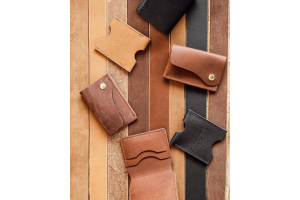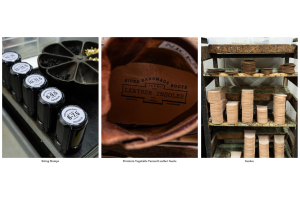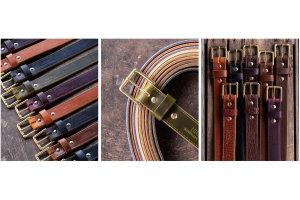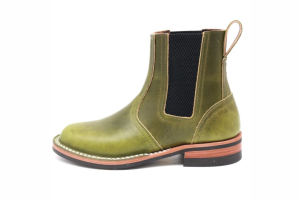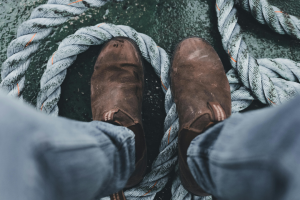Perfect Fit, Maximum Protection: How To Fit Steel Toe Boots The Right Way
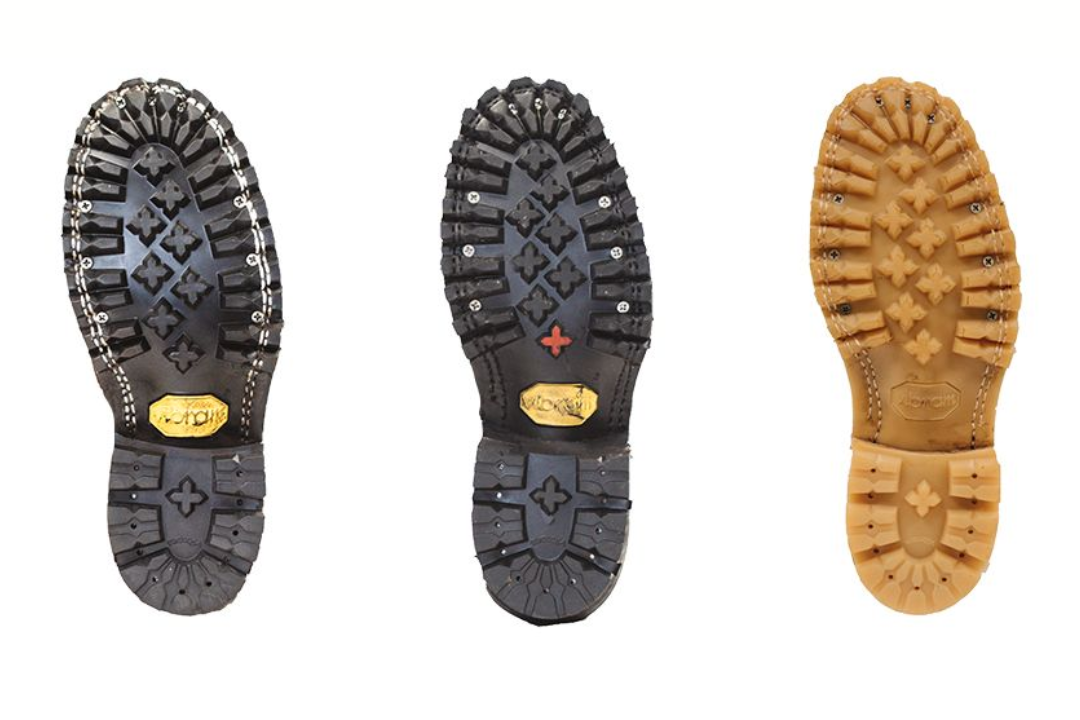
Key Takeaways:
- Fit = Safety & Comfort: A perfect steel toe boot fit minimizes injury risk, improves comfort, and supports long-term foot health.
- Fixable Fit Issues: Common problems like heel slippage, toe pressure, and arch pain can often be resolved with simple tweaks and accessories.
- Smart Fit Strategy: Knowing how to measure, fit, and break in your boots ensures they offer maximum protection and last longer on the job.
For over a decade, Nicks Boots has been handcrafting some of the toughest, most dependable work boots in the world—built to perform, built to last, and built to fit like they were made just for you. Trusted by wildland firefighters, loggers, linemen, and everyday workers who demand gear that goes the distance, we don’t just make boots—we make tools for your feet.
Steel toe boots are one of the most important pieces of personal protective equipment you’ll ever wear. But here’s the thing: even the toughest boot in the world won’t protect you if it doesn’t fit right. An improper fit can cause more harm than good, leading to discomfort, fatigue, or even injury. Whether you're on your feet 12 hours a day or stepping into your first job in the trades, understanding how a steel toe boot should fit is the first step to staying safe, productive, and pain-free.
In this piece, we’ll walk you through how to get that perfect steel toe boot fit—from key signs and sizing tips to solving common fit problems—so your boots can work as hard as you do.
Why Proper Fit Matters For Steel Toe Boots
When it comes to safety footwear, the right fit is more than just a matter of comfort—it’s a matter of protection and performance. Steel toe boots are designed to shield your feet from impact and compression hazards, but they can only do their job effectively if they fit properly.
An improper fit can lead to several problems: painful blisters, sore pressure points, restricted blood flow, or even long-term foot issues. Worse yet, poorly fitted boots might shift at the wrong moment, leaving your toes vulnerable instead of protected. Whether you’re on a construction site, in a warehouse, or doing heavy-duty work outdoors, a proper fit ensures your steel toe boots stay secure, responsive, and protective all day long.
Think of your boots as tools. If they’re not fitted to your body correctly, they can’t work the way they’re supposed to. With safety gear, that’s a risk you simply can’t afford to take.
From the stitch count to the leather grade, every pair of Nicks Boots is built with an uncompromising commitment to quality. These aren’t mass-produced—they’re purpose-built by master bootmakers who know what real work demands. Step into a pair that’s built with integrity and made to perform.
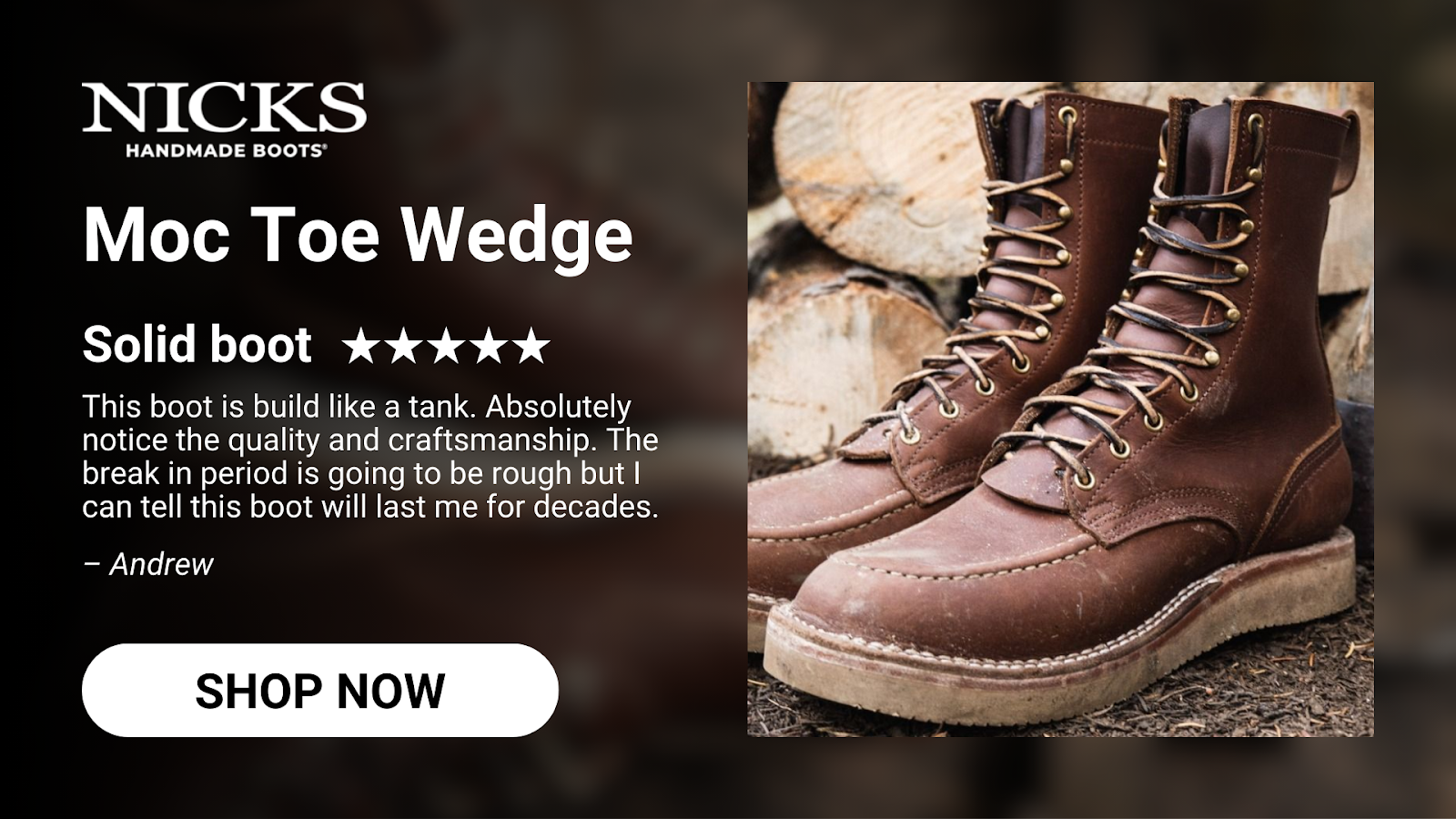

Key Signs Your Steel Toe Boots Fit Correctly
Knowing whether your steel toe boots fit correctly isn’t just about how they feel during the first few minutes of wear. A good fit meets several practical criteria that ensure comfort, stability, and safety throughout the day.
Snug But Not Tight
Your boots should feel snug around your heel and midfoot to prevent slipping but shouldn’t pinch or cause pressure. If your toes or the top of your foot feel compressed, they’re too tight.
Toe Room Is Just Right
You should be able to wiggle your toes comfortably without them pressing against the steel cap. There should be about a thumb’s width of space between your longest toe and the end of the boot.
No Heel Lift
When you walk, your heel should stay in place. Excessive heel lift can lead to blisters and instability.
Minimal Pressure From The Toe Cap
The steel toe itself shouldn’t press down or rub on your toes. If you feel the cap, the boots likely aren’t deep enough or aren’t shaped correctly for your foot.
No Numbness Or Hot Spots
Tingling, numbness, or hotspots after short wear can signal poor circulation or improper alignment. A good pair will support your natural gait without causing discomfort.
Common Fit Issues And How To Fix Them
Even with careful sizing, steel-toe boots can present a few fit-related challenges. The good news is that most of them are fixable with the right adjustments or gear.


Boots Too Tight
Issue: Pinching, tingling toes, or difficulty getting the boots on.
Fix: Try a half-size up or look for wide-width versions. You can also swap in thinner socks or remove the factory insole to create a bit more room.
Toe Cap Rubbing
Issue: Steel toe area irritates your toes.
Fix: Look for boots with a roomier toe box, or use gel toe protectors to buffer the contact. Toe cap rubbing often means the boot is too shallow or the toe cap is poorly positioned for your foot shape.
Heel Slippage
Issue: Your heel lifts up while walking.
Fix: Heel lock lacing techniques, cushioned heel grips, or thicker socks can help. If the problem persists, a smaller size or a different boot shape might be needed.
Arch Pain
Issue: Lack of support causes soreness in the arch area.
Fix: Add orthotic insoles for better arch support and overall alignment. This is especially helpful if you're on your feet for long shifts.
Boots Feel Fine At First, But Hurt Later
Issue: Mid-day discomfort or fatigue.
Fix: Look for boots with better shock absorption or try alternating with gel or memory foam insoles. Also, remember that new boots often require a break-in period.
Step-by-Step Guide To Fitting Steel Toe Boots
Getting the right fit isn’t guesswork—it’s a process. Here’s a step-by-step guide to help you fit steel toe boots properly from the start:
Step 1: Measure Your Feet (Both Of Them)
Always measure your feet at the end of the day when they’re slightly swollen. Use a Brannock device or a printable sizing guide. Measure both feet, as most people have one foot slightly larger—always size for the bigger one.
Step 2: Wear The Right Socks
Use the same type of socks you’ll wear on the job—usually thick, moisture-wicking work socks. They’ll affect how the boots fit, so don’t skip this step.
Step 3: Try Them On In The Afternoon
Feet swell throughout the day, so trying on boots in the morning can lead to choosing a pair that ends up too tight later. Afternoon or evening fittings mimic real-world conditions better.
Step 4: Check Length And Width
Stand up and see where your toes land. There should be a thumb’s width between your longest toe and the end of the boot. Also, ensure your foot doesn’t feel squeezed from the sides.
Step 5: Walk Around And Flex
Walk on different surfaces and mimic job-specific movements—climbing, squatting, kneeling. Make sure there’s no heel lift, toe pressure, or rubbing in sensitive areas.
Step 6: Test With Insoles (If Needed)
If your arch feels unsupported or the boots feel flat, add a work insole and walk again. This can dramatically change how the boot fits and feels.
Tips For Breaking In Steel Toe Boots Comfortably
Steel toe boots are tough—and sometimes that means they take a little time to soften up and mold to your feet. Here are some tips to break them in without breaking your feet.
Start Slow
Wear your new boots for short periods during the first few days. Start with an hour or two at a time, then gradually increase the duration. This helps your feet adjust to the structure and stiff materials without blisters.
Use Thick Or Cushioned Socks
Extra padding reduces friction during the break-in period. It also helps protect your feet while the leather or synthetic upper starts to conform.
Apply Leather Conditioner (If Applicable)
If your boots are made of leather, applying a leather conditioner can help soften the material faster. It also helps prevent cracking and keeps the boots flexible.
Flex Them Manually
Before wearing them out, grab the boots with both hands and flex the sole and upper gently. This loosens the material around the joints and reduces stiffness.
Try Heat (Carefully)
Some people warm up their boots with a hairdryer while wearing thick socks to mold the boot around their feet. Just don’t overheat them—especially if they have glue-based construction or synthetic parts.
Use Moleskin Or Blister Pads
If you notice any rubbing during the first few wears, apply moleskin or blister pads to the problem areas before they turn painful. Prevention is key during the break-in phase.
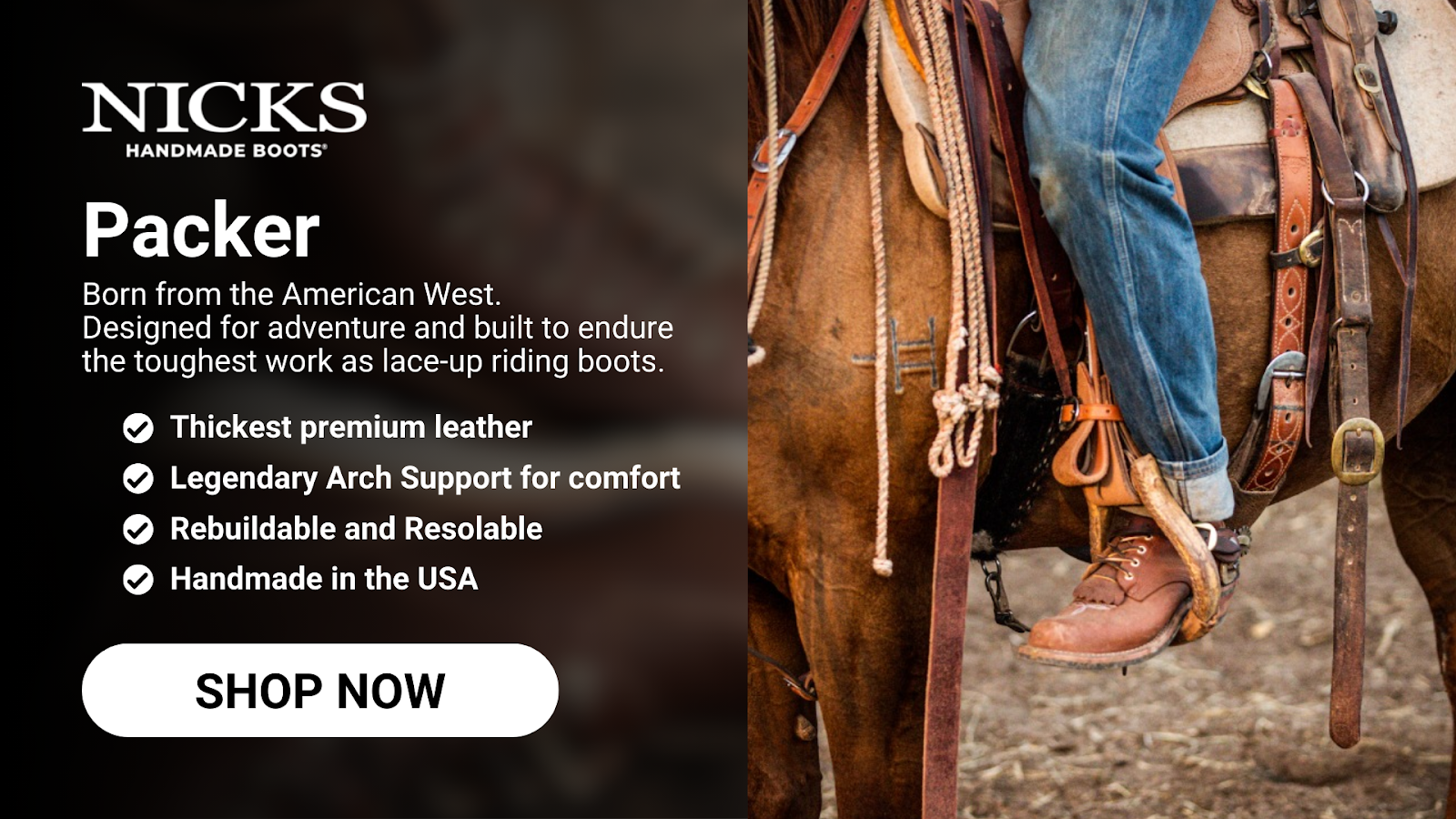

Final Thoughts
Steel toe boots are more than just protective gear—they’re a foundation for your daily performance and long-term foot health. A perfect fit ensures you're not only safeguarded from job hazards but also comfortable enough to stay focused, agile, and pain-free throughout the day.
Choosing the right size, checking for common fit issues, and taking the time to break them in properly can make all the difference. Remember, discomfort isn’t just annoying—it’s distracting, and on a worksite, distraction can be dangerous.
When the job demands more from you, your boots shouldn't fall short. The BuilderPro® – Safety Toe Boot is handcrafted with Nicks legendary durability and fit, featuring your choice of steel or composite toe for certified protection without compromising comfort.
Read also:
Frequently Asked Questions About How Should Steel Toe Boots Fit
What happens if my steel toe boots are too big?
If your boots are too large, your feet may slide forward, causing your toes to hit the steel cap. This repeated impact can lead to bruised toenails, discomfort, and even accidents due to instability.
Can I wear steel toe boots without socks?
It’s not recommended. Socks provide a barrier that helps prevent blisters, absorbs sweat, and adds cushioning. Without them, friction from the rigid boot materials could quickly cause irritation or injury.
Are steel toe boots supposed to feel stiff at first?
Yes, most steel toe boots are stiff when new due to the durable materials. However, they should still feel supportive—not painfully rigid. Stiffness should ease after a proper break-in period.
Do steel toe boots stretch out over time?
Leather steel toe boots may stretch slightly across the upper as they mold to your foot, but the toe cap area will not stretch. This means sizing needs to be spot-on from the beginning.
Is it okay to insert custom orthotics in steel toe boots?
Absolutely. In fact, many workers use custom orthotics to improve fit, arch support, and all-day comfort. Just ensure there’s enough internal space to accommodate them without cramping.
Can steel toe boots cause foot pain?
Yes—if they’re the wrong size, too narrow, or lacking support. Prolonged use of poorly fitted steel toe boots can lead to arch pain, heel discomfort, and even plantar fasciitis.
Are men’s and women’s steel toe boots sized differently?
Yes. Women's boots are typically narrower in the heel and have different proportions to match foot anatomy. Always choose boots designed for your gender to get the best fit.
How tight should laces be on steel toe boots?
Laces should be snug enough to secure your foot without cutting off circulation. You want to lock the heel in place while still allowing the foot to move naturally as you walk or bend.
Can I wear steel toe boots for long periods if I have flat feet?
Yes, but you’ll likely need added arch support. Look for boots with removable insoles and insert custom or aftermarket orthotics designed for flat arches.
Are steel toe boots suitable for cold weather?
They can be, but not all are insulated. Look for steel toe boots with thermal lining or pair them with insulated socks if you’ll be working in low temperatures.
